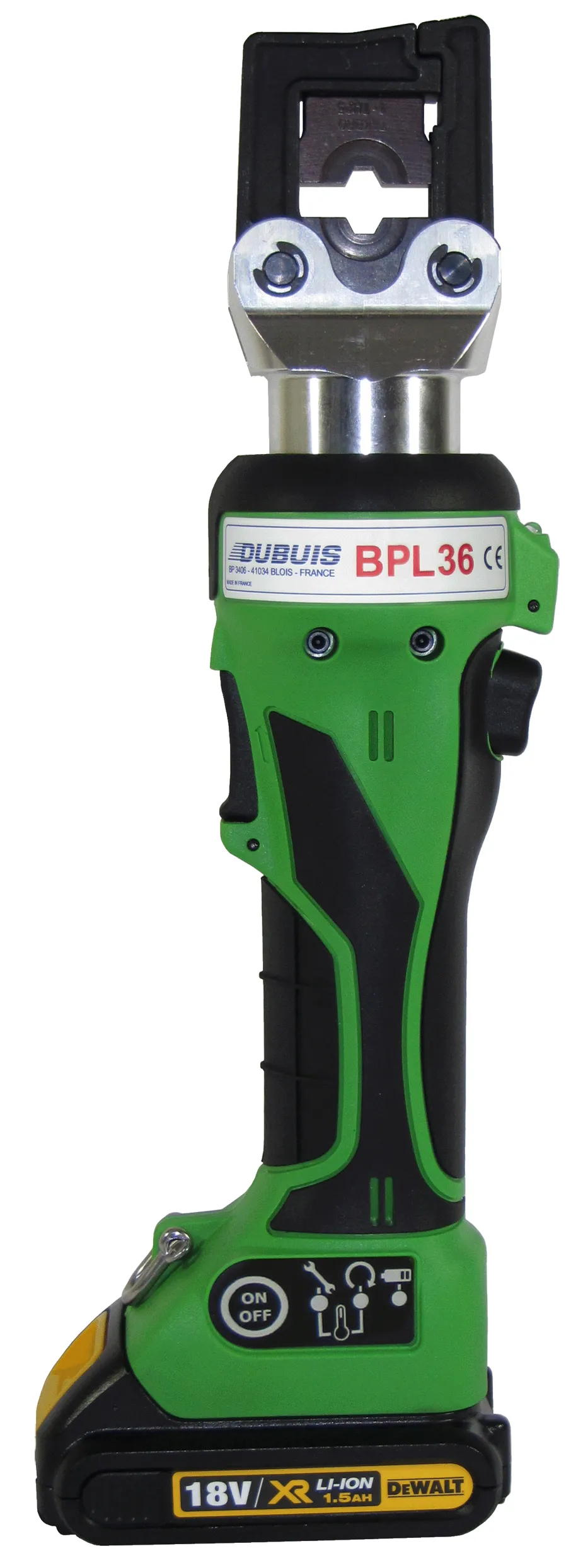Serbia’s Ministry of Construction, Transport and Infrastructure has approved a merger between the public-owned roads companies Putevi Srbije (Roads of Serbia) and Koridori Srbije (Corridors of Serbia).
Putevi Srbije maintains roads while Koridori focuses on construction planning and project management, including expropriation of land.
The government said the merger will contribute to faster completion of projects such as stretches of Europe’s Corridor 10 and Corridor 11 road networks and hopefully red
November 25, 2014
Read time: 2 mins
Serbia’s Ministry of Construction, Transport and Infrastructure has approved a merger between the public-owned roads companies Putevi Srbije (Roads of Serbia) and 3235 Koridori Srbije (Corridors of Serbia).
Putevi Srbije maintains roads while Koridori focuses on construction planning and project management, including expropriation of land.
The government said the merger will contribute to faster completion of projects such as stretches of Europe’s Corridor 10 and Corridor 11 road networks and hopefully reduce construction costs by around 20%.
Corridor 10 is a major pan-European transport corridor under construction that runs south from Salzburg in Austria to Hungary, Slovenia, Croatia, Serbia, Bulgaria, Macedonia and finally to the north-eastern Greek port of Thessalonica.
The east-west Corridor 11 connects Timisoara in Romania to the Serbian capital Belgrade and then runs south-west to end in the Montenegro port of Bar, a major port for ferries across the southern Adriatic to the Italian port of Bari.
In January this year in Belgrade, Serbia’s Minister of Construction Velimir Ilic signed a memorandum of cooperation with GIDC, a joint venture between the Serbian government and Global Capital Advisors Management from the United Arab Emirate. GIDC is advising on the financial aspects of constructing Corridor 11 from western Serbia to the border with Montenegro.
Putevi Srbije’s reputation suffered a significant downturn last year when workers from 26 major construction companies downed tools in a strike demanding the state company pay owed wages. Unions claimed that Putevi Srbije Putevi The union claimed the state owed road construction companies around $98 million, according to a report at the time by %$Linker:2 External <?xml version="1.0" encoding="utf-16"?><dictionary /> 0 0 0 oLinkExternal Serbia’s national news agency Tanjug Visit : www.b92.net/eng/news page false http://www.b92.net/eng/news/society.php?yyyy=2013&mm=06&dd=26&nav_id=86755 false false %>.
Putevi Srbije maintains roads while Koridori focuses on construction planning and project management, including expropriation of land.
The government said the merger will contribute to faster completion of projects such as stretches of Europe’s Corridor 10 and Corridor 11 road networks and hopefully reduce construction costs by around 20%.
Corridor 10 is a major pan-European transport corridor under construction that runs south from Salzburg in Austria to Hungary, Slovenia, Croatia, Serbia, Bulgaria, Macedonia and finally to the north-eastern Greek port of Thessalonica.
The east-west Corridor 11 connects Timisoara in Romania to the Serbian capital Belgrade and then runs south-west to end in the Montenegro port of Bar, a major port for ferries across the southern Adriatic to the Italian port of Bari.
In January this year in Belgrade, Serbia’s Minister of Construction Velimir Ilic signed a memorandum of cooperation with GIDC, a joint venture between the Serbian government and Global Capital Advisors Management from the United Arab Emirate. GIDC is advising on the financial aspects of constructing Corridor 11 from western Serbia to the border with Montenegro.
Putevi Srbije’s reputation suffered a significant downturn last year when workers from 26 major construction companies downed tools in a strike demanding the state company pay owed wages. Unions claimed that Putevi Srbije Putevi The union claimed the state owed road construction companies around $98 million, according to a report at the time by %$Linker:








